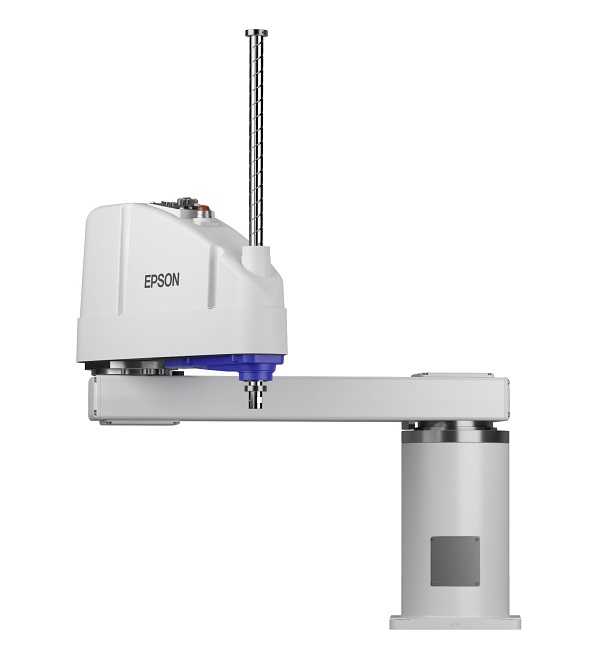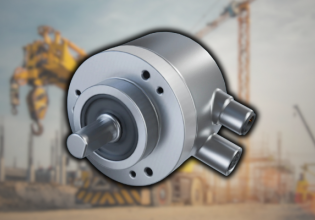Safety at Breathtaking Speeds: Epson’s New GX-B Series SCARA Robots
A new series of SCARA robots from Epson promises exciting new safety features that can make these high-speed devices work more closely alongside humans, removing barriers and increasing productivity.
Epson Robotics, a well-established division of the Epson company, just announced the launch of the new GX-B series of SCARA robots, expanding on the original GX series, which included the GX4 and GX8 released in 2022. The lineup includes the GX4B and GX8B, but also now features the GX10B and GX20B models, with extended reach and payload capabilities.
New SCARA Robot Models
The mechanical specifications of the robot series are largely the same for the existing GX4B and GX8B. The payload capacity, reach, mounting styles, and environment protection options provide the same vast range of selectable configurations as for the previous GX4 and GX8 models, with the two new models also including various options. This leads to literally hundreds of available models in the catalog. Design requirements do not simply call for the biggest, fastest robot on the market.

Epson’s new GX20B SCARA robot model. Image used courtesy of Epson Robotics
SafeSense Controller Technology
The exciting new difference of the GXB series exists in the array of tools used to implement the SafeSense technology in the RC700E controller. This upgrade includes software features to establish safe operating speeds and limits under various conditions. It also includes hardware options with various cards to support safety features, as well as safety-rated I/O, removing the need for a safety PLC or safety controller in many cases, although such a device might still be required for some larger systems.
But why is it so important to focus on safety for these particular robots?
Epson’s goal, along with most other manufacturers, centers around achieving a joint speed that is even further increased from previous models while still maintaining ultra-high precision and accuracy. When running in continuous operation, this is fantastic for lower cycle times and increased throughput. But if a worker needs to interface with the work cell at any time (reload a sample tray, or adjust a feature), a typical industrial robot must come to a full lockout stop to comply with the safety devices and interlocks.
The ultimate ideal state of robot operation would combine these two functions: high speed and safe operator interaction. Typically, this is not the right environment to employ a SCARA robot. The engineering world has recently become accustomed to employing collaborative robots in this kind of situation with workers nearby. Epson’s SafeSense technology begins to build a bridge between machine and safe interaction to open new possibilities for high-speed robotics in new installation settings.

Epson’s new GX-B SCARA robot models can be configured for different operating environments, such as ISO clean rooms, EDS/static zones, and other IP-intensive environments. Image used courtesy of Epson Robotics
High-Speed Operations
SCARA robots are designed primarily for high-speed pick and place operations, where both infeed and outfeed surfaces are parallel to the rotational planes of the robot.
Epson’s leadership in the field of SCARA robots is thanks in part to its GYROPLUS technology, which uses gyroscopic sensors attached to the end of the arm, feeding a closed system control loop to minimize vibrations and overshoot which are common to high-speed motion applications. Often, the catch-22 is that a speed increase results in more overshoot and lowered precision and cycle time, which leads ultimately to a plateau of cycle efficiency unless a new technology can overcome the hurdle.
Accessibility to the work area is also important for maintaining low cycle times, and the variety of configurations in both the payload (from 4 to 20 kg), as well as the mounting options (floor, wall, or ceiling), help designers to meet unique operating conditions with exactly the right SCARA robot model.






